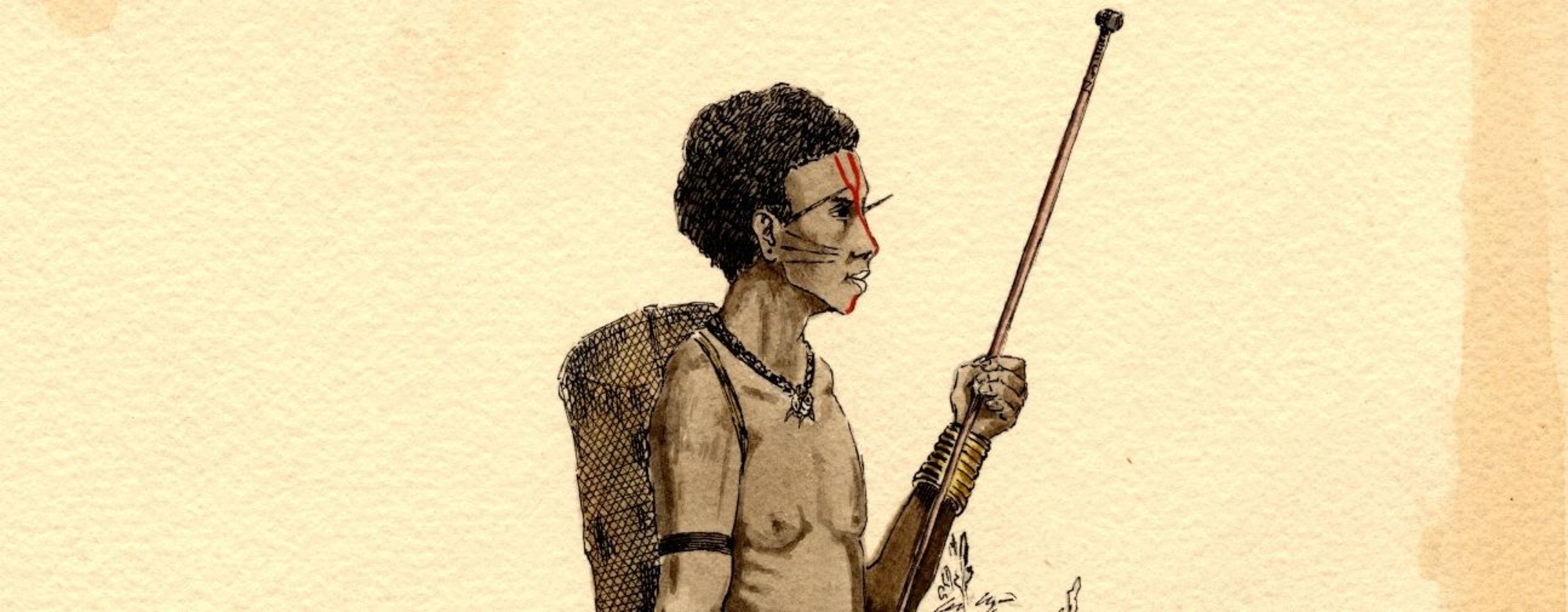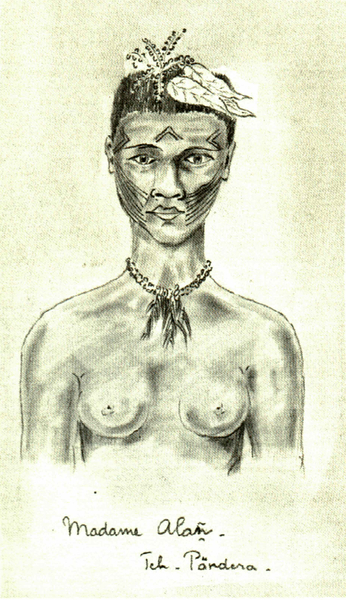
- Home
- The life of Jacques de Morgan
- The Kingdom of Perak (1884)
- A broader understanding of local populations
During his travels through the region of Perak, in Malaysia, Jacques de Morgan lived in close quarters with the indigenous population, providing him with the opportunity to make a number of ethnographic observations.
Populations and their environment
Besides the Malays, the kingdom of Perak was also populated by groups called the Orang Asli, or "first inhabitants”. Jacques de Morgan referred to them generically as "Negritos", and distinguished two major groups: the Sakayes, sedentary horticulturists, and the Semang, nomadic hunters. He sketched their villages surrounded by thick vegetation, and described how the inhabitants exploited their natural resources - by making clothing from beaten bark, for example - and the dietary and medicinal uses they made of plants.
Variety of observations
Morgan described the places he visited, how habitats were organised, and people’s skills, including their subsistence strategies and basketry production processes.
He was also interested in people, their stature and features, clothing, personal ornaments and the tattoos or paintings they adorned their bodies with. Their social interactions also came under his analytical eye, as did their customs and language, and many of his anecdotes shine a light on his relationship with the indigenous inhabitants of this part of the peninsula.
This drawing by Jacques de Morgan shows the personal ornaments worn by the Orang Asli of Perak.
Morgan's sketches include a number of portraits which reveal his interest in the people he met.
Morgan's sketches include a number of portraits which reveal his interest in the people he met.
A subjective outlook
Although precise in many ways, Morgan's analyses reflect the prevailing attitudes of his time, and include subjective remarks which feed into the “noble savage” myth. Fascinated by the Orang Asli’s habits and attitudes, Morgan believed simplicity was the key to their happiness. He contrasted them with the city-dwelling Malays, and with Westerners, and believed that civilisation had suppressed primitive happiness. He described them as good by nature, found the Sakayes "gentle and fearful”, and praised their sense of hospitality.








